There is a certain class to folders; they have a sleek look that harkens back to the early days of photography. These cameras offer a slim, compact option to bring medium format when space is at a premium. I would have loved to have brought a folder to Europe in 2015 to have a medium format option. Especially in places like the Waterloo battlefield, Amsterdam, Antwerp, and Bruges, but I could not find the right one. The full name of this camera, the Zeiss Ikon Super-Ikonta C 531/2, would have been the perfect camera with a big 6×9 negative, rangefinder focus, and slim size. For the sake of time, I’ll be referring to the camera as the Super-Ikonta 531 through the remainder of this review; it is a unique piece in my collection; it’s only one of a few folders and the only one with a rangefinder focus making it a nice premium (despite being a lower tier model) folder in my kit.
Specifications
Make: Zeiss Ikon
Model: Super Ikonta 531/2
Type: Rangefinder
Format: Medium Format (120), 6×9
Lens: Fixed, Novar-Anastigmat 1:3,5 f=10,5cm
Shutter: Compur Leaf Shutter, 1″ – 1/250″ + Bulb
Year of Manufacture: 1936-1953

Background
The modern company we know today as Carl Zeiss AG had its start in 1846. Founded by Carl Zeiss, a German scientific instrument maker, optician and businessman, he joined with Ernst Abbe and Otto Schott to begin producing quality optical glass for both the growing camera business and scientific fields. While Zeiss himself would die in 1888, his company continued on. With Germany being the centre of the Photographic industry through the 19th and into the middle of the 20th Century, the company picked up several smaller firms along the way. The biggest expansion took place in 1926 with the formation of Zeiss Ikon. Zeiss bought up Contessa-Nettel, Ernemann, Gorez, and ICA with an infusion of capital; production of individual products, except for optical products, continued while using the talent from these firms to design a new series of cameras. In 1929, Zeiss released a line of folding medium format cameras, the Ikonta series. These were offered in four models, A 520, B 520/16, and C 520/2; these all used 120 films and produced images in 6×4.5, 6×6, and 6×9, respectively. A fourth model, D, used 116 or 616 films. These self-erecting cameras lacked any assistance in focusing save for an indicator dot for the best placement of the focusing ring and coordinated aperture setting. In 1933, Zeiss introduced an updated version, the Super-Ikonta, which added a coupled rangefinder. Like the Ikontas, these were designated A 530, B 530/16, and C 530/2. The Super-Ikonta C 530/2 shot eight frames on a roll of 120 in the 6×9 image size, with the option to add a mask to take it down to half-frame or 6×4.5. Four lenses were available for the camera the Zeiss Triotar 10,5/4,5, or the Zeiss Tessar 10,5cm in f/4,5, f/3,8, or f/3,5. Production and availability of the 530/2 continued until 1939. An updated version, the Super-Ikonta 531/2 hit markets in 1936 and was additionally known as the Super-Ikonta II 6×9. While similar to the older version, the lenses were different, with a Novar Anastigmat 10,5cm f/3,5 and Zeiss Tessars in 10,5cm and apertures f/4,5, f/3,8 and f/3,5. Production of the camera continued on a limited basis through the war years. As an optical manufacturer, Carl Zeiss was part of Nazi Germany’s use of forced labour as part of the crucial policies towards the Jewish population, along with other members of minorities whom Hitler and the Nazis targeted. There are sadly no records to show how Zeiss treated their workforce. In the post-war, many of Zeiss’s holdings were split between the Soviet and the American zones of control in divided post-war Germany. The Soviets would take the designs of the Super-Ikonta 531/2 and transform them into the Moskva-2. Production in Oberkchen restarted in 1946 with a simpler line of the 531/2, with a Schneider Xenar 105mm f/3.5 or a Zeiss Tessar 105mm f/3.5. Production of the 531/2 ceased in 1952. However, the Super-Ikonta line continued with the B model until 1959, with the Super-Ikonta IV being the final rangefinder folder.
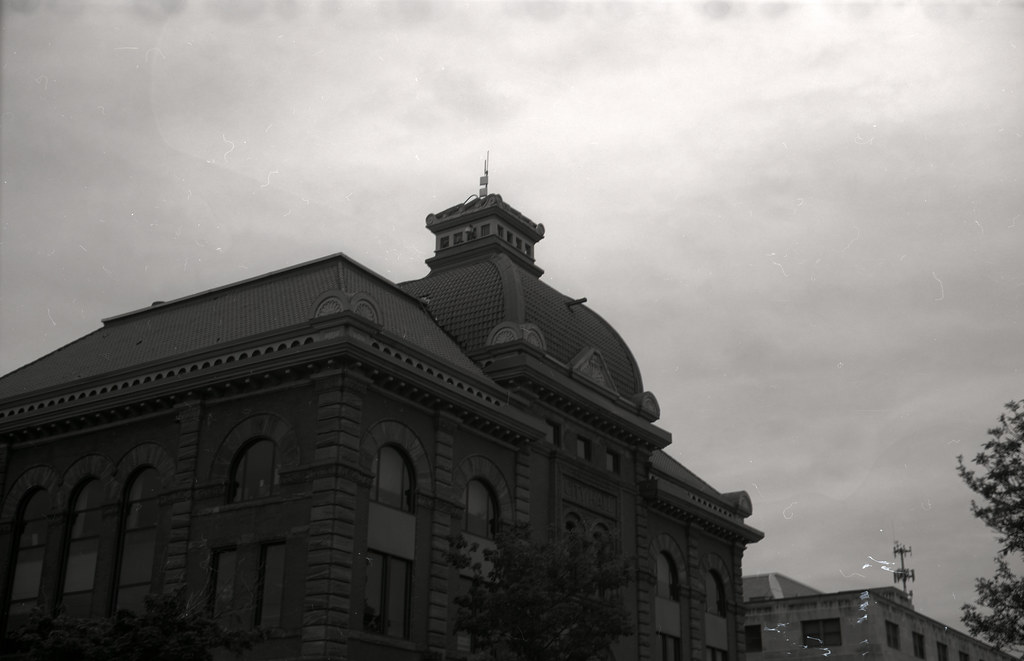
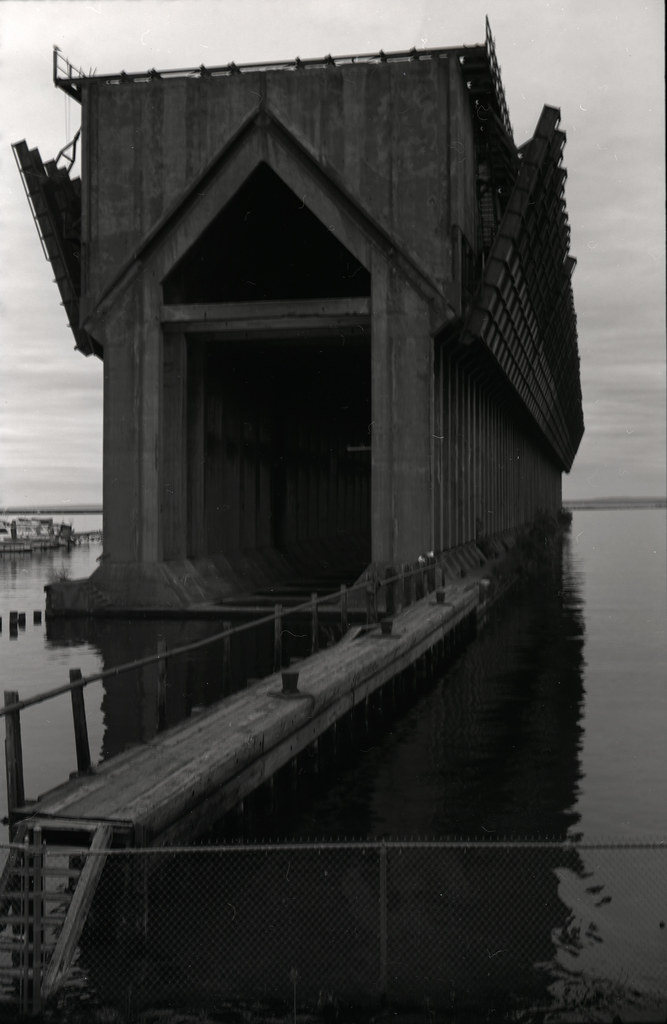


Camera Impression
I would describe any folding camera as handsome; they have a certain touch of class, especially from the first half of the 20th century. And the 531/2 certainly fits that bill. The first thing that drew me into the camera was the lens. It’s a bit chunk of glass that, despite only being f/3.5, certainly does not look that way. Also, the older style specifications are listed, such as 10,5cm instead of 105mm and f/3,5. This is probably why folding cameras featured predominantly throughout the Harry Potter film franchise, save for that one Argus C3. This camera will look good sitting on a shelf and out in the field; it can attract an audience. But the downside is that because it shoots those big 6×9 negatives, the camera itself is big. The long bellows and wide body can be a bit of a turn-off for those not used to working with such a camera. The first thing to note is that all your exposure controls are at the front standard, as the shutter is located with the lens, the controls are small and can be difficult to operate and read, and the shutter uses the older scale of shutter speeds, 1/100″ instead of 1/125″. And the spot that indicates where you set the dial is a bit hard to see, probably due to age. A viewfinder will give you a basic idea of image composition and is a small lens to help along the way, but you will still need to correct parallax errors. The one plus side is that the shutter release is on the camera body, as is the film winding dial; you have to watch that pesky red window. I feel that the camera is off balance with the long bellows, but the real annoyance is the useless hand strap. With cameras, this old, the leather has become dried out and brittle, so rather than risk it breaking when I’m out, I cut the strap off and replaced it with a pair of Peak Design anchors and now can use a small camera strap to better carry the camera when I’m out with the 531/2.
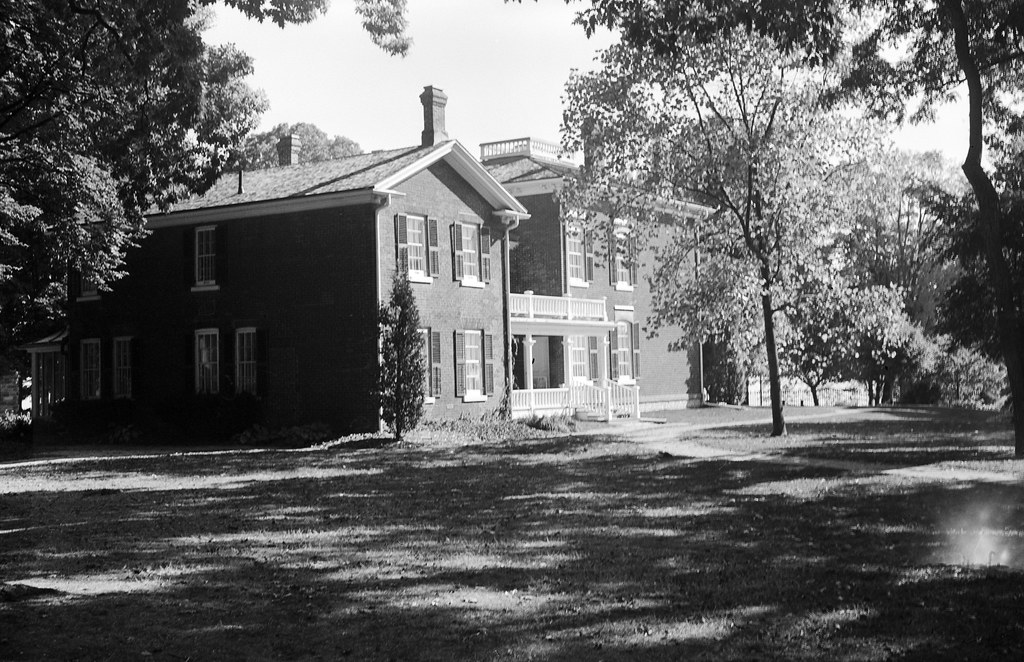
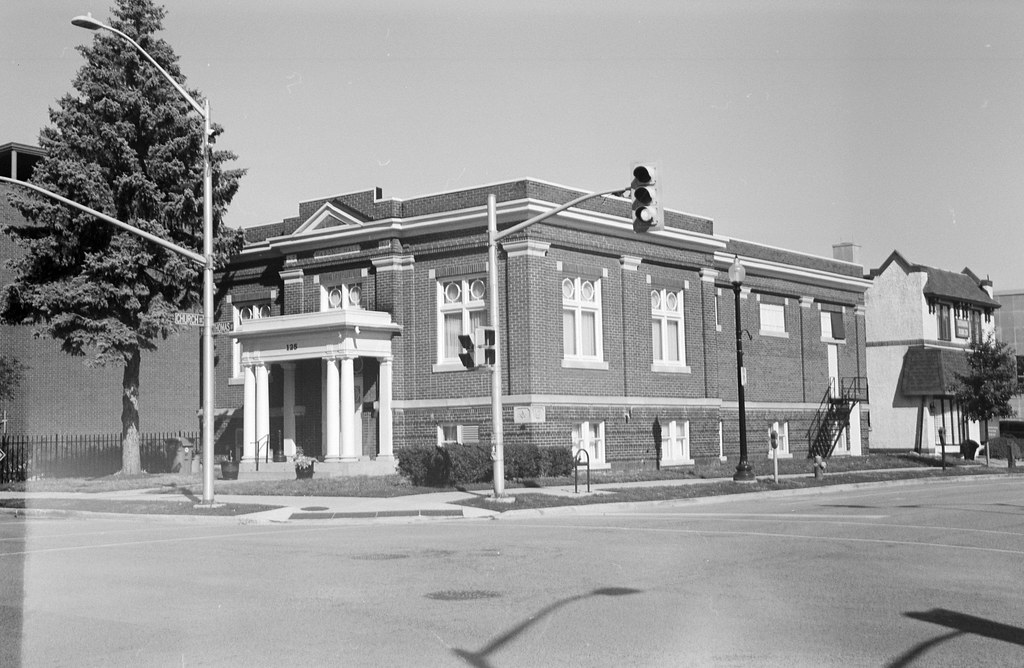


Camera Experience
Using the 531/2 is a bit of a dance, so if you’re used to working with cameras of a similar age and style or a large format camera, you can pick these up easily after adapting to a few quirks. Loading the film is surprisingly easy, with little chance of getting a dreaded fat roll. Your spools are held in with spring posts at the camera’s base, and opening the back can be difficult, but the right force can be opened. The camera must be opened from the folded position to function, and because it is self-erecting, you can push the release button at the top, and the camera will unfold to the ready position. The one thing you need to do is flip the rangefinder magnifyer into the ready position so that the rangefinder will work. The camera has no accessory shoe, so you will need to either use sunny-16 or have an external handheld meter, as one cannot be mounted directly to the camera body. And use the shutter speed closest to the one your meter shows. If your meter gives you a reading of 1/125″ at f/22, set the camera to f/22 and 1/100″. The rangefinder is a separate window. While small, the patch surprisingly has plenty of contrast, but you need to pick the area carefully; the actual focusing knob is located at the front of the camera to directly access the lens through a geared interface. The viewfinder, as I mentioned previously, is helpful with setting the composition. When working with the camera, I’ll check the composition first, then focus, meter and set the exposure, cock the shutter and then take the photo. The camera has the same anti-double exposure lock, so you must advance the film before taking the next shot and ensure the red dot is visible in the indicator window. The one thing is that because the camera feels off-balance, you need to be steady; I haven’t yet found the right grip to hold the camera and take the shot while keeping the front section balanced. At least when the camera is folded up it takes up almost no room in a camera bag and can easily add that big 6×9 negative to any travel kit.
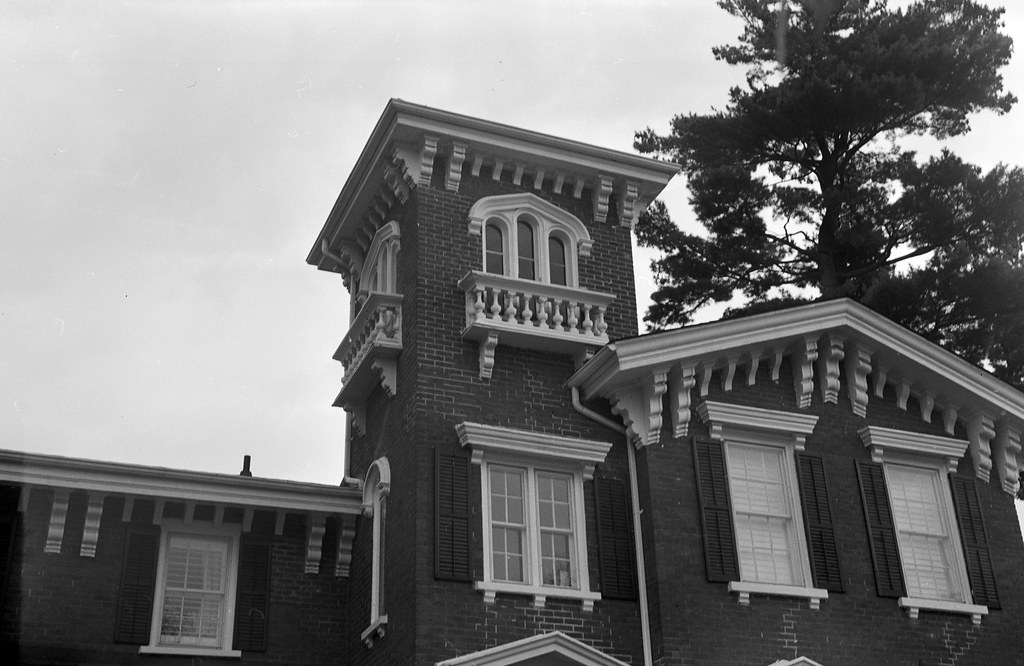


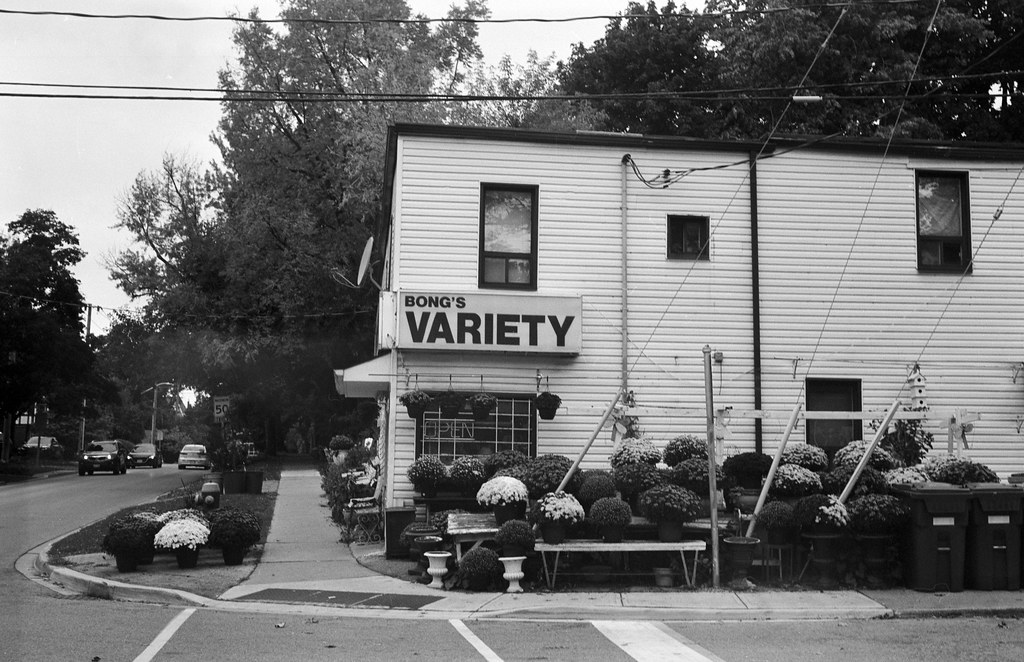
Optics
Like any Zeiss Ikon camera, you would expect to find these cameras equipped with Carl Zeiss optics, some of which are, but not all. The Super-Ikonta line can be complex because multiple offerings of the same camera model exist. And the 531/2 has four different tiers in the pre-war models and two in the post-war. In the pre-war sphere, you have the Novar Anastigmat (f/3.5) and three versions of the Tessar (f/4.5, f/3.8, and f/3.5). In the post-war sphere, you have the Schneider Kreuznach Xenar f/3.5 and Zeiss Tessar f/3.5. All the focal lengths are 10,5cm (105mm), giving the equivalent of a 45mm field of view in 35mm. So not the widest, but it offers a decent compromise with the large 6×9 negative. This camera has no bad optics, while the Tessar offers a lovely 4-Element design. But the Novar Anastigmat is not a bad lens; it’s a 3-Element design which isn’t a bad construction, I’ve met several triplet lenses that have produced lovely results, and the common belief is that the lens is built by Rodenstock (which is another well known optical manufacturer). The one thing that sets the Novar lens apart is that you get the big f/3.5 aperture without paying the premium for the Zeiss Optics. And if you’re using a post-war model, don’t turn your nose up at the Xenar lenses; they are another solid design from a trusted lens maker.
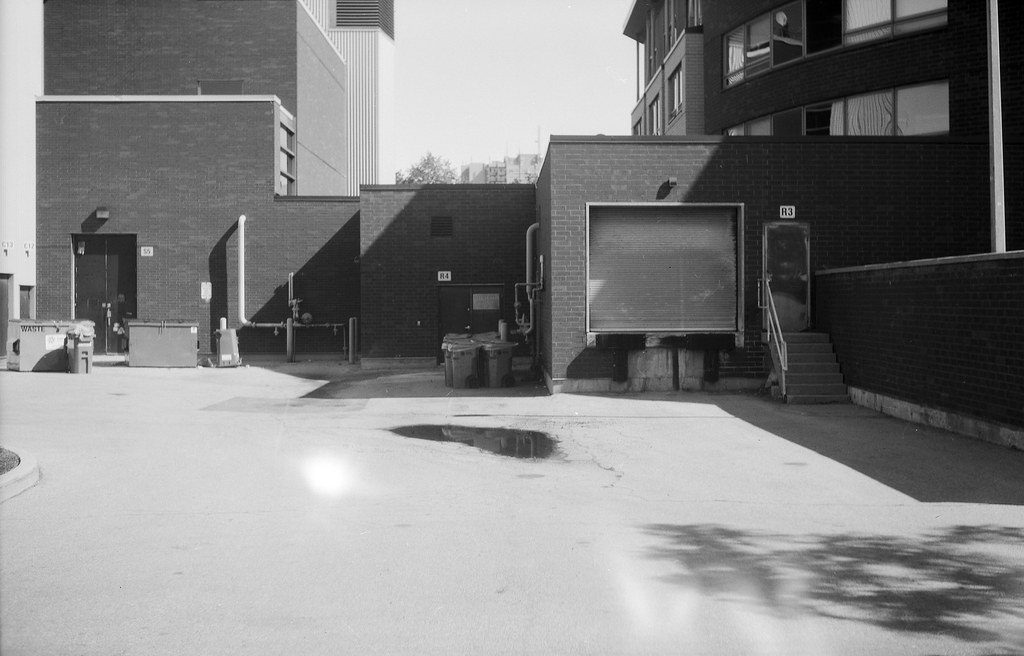
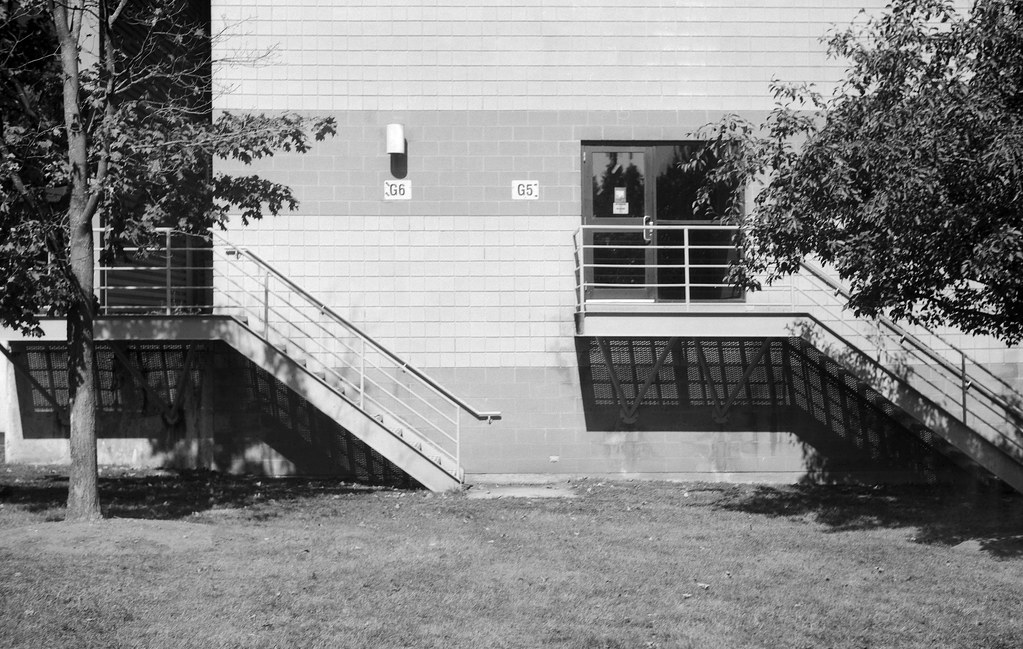


The Lowdown
If you’re a fan of the big 6×9 negative and aren’t afraid of a folding camera, then a Super-Ikonta 531/2 is a camera you need to have in your collection. And while I’m starting to warm up to folders, having one with a rangefinder is an excellent addition to my toolkit and my smaller guess focus, Ikonta 521. I can see myself using this camera far more than the 521 because of that lovely rangefinder. Of course, you don’t get the same wide-angle that a GSW690 will give you, but you can always take a few steps back and wait for the aha. On the used market, these cameras are not cheap; most on the market are the ones that have a Zeiss Tessar lens and go for 1000$ and up, but you can find some in the 400-900$ range. If you drop a grand, ensure it is fully functioning and the bellows are in good condition. I think having this camera will come in handy, mainly because it’s compact enough to take along and get that nice big negative without taking up too much space in the camera bag, which for next year might be a good idea if we fly back to Saskatchewan.
Further Reading
Don’t just take my word on the Ikonta 531/2; you can check out the reviews by other awesome camera reviewers!
Vintage Photo – Perfection from the thirties: Zeiss Ikon Super Ikonta
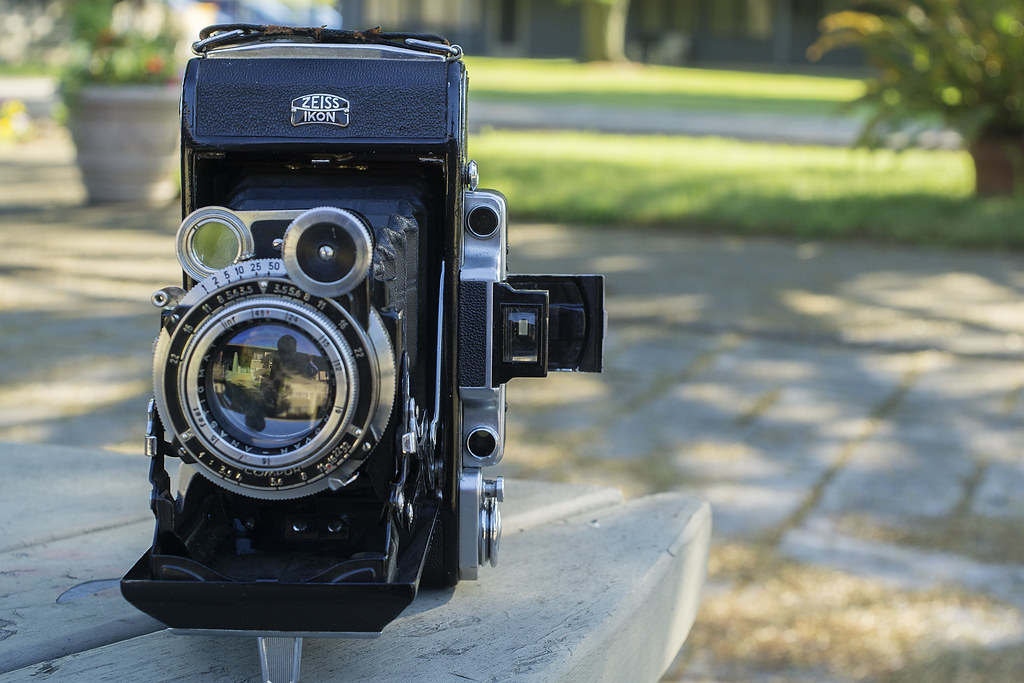
Alex, I enjoyed your complete, and informative review. I’m a retired newspaper photographer. I recently purchased a post war Super Ikonta 531/2 and really like using it. I got the model with the Tessar, 105mm 3.5 lens. It’s such a joy to get away from shooting digital and taking your time to see and operate a turn of the century masterpiece, and to return to black and white photography with a large medium format negative! Thanks for the review-James